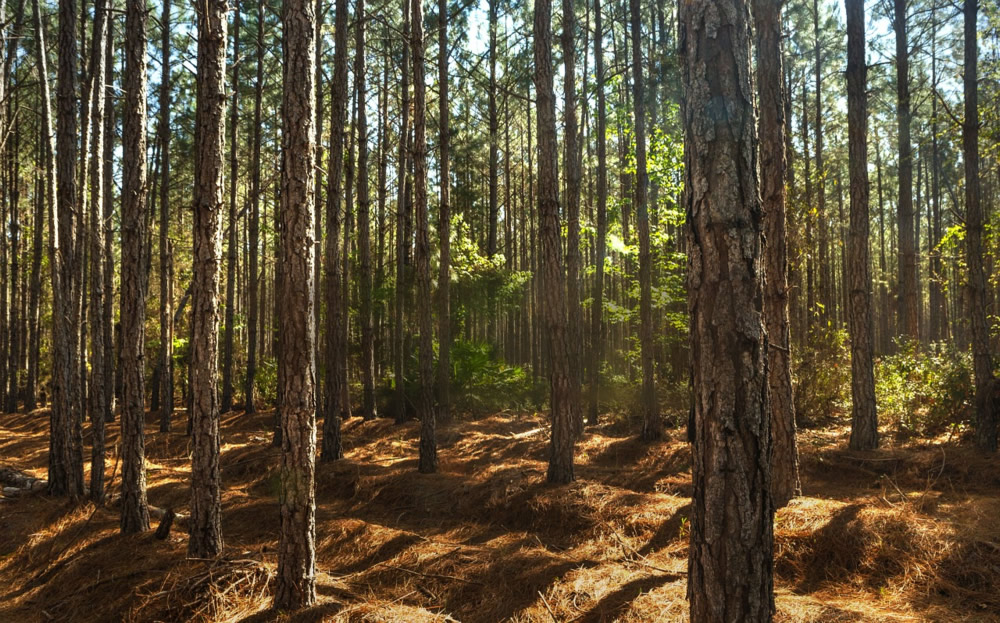S.C. Encyclopedia | President Franklin Delano Roosevelt’s Civilian Conservation Corps (CCC) was a New Deal federal initiative that put millions of unemployed men to work on conservation projects. Initially known as the Emergency Conservation Work program, the CCC represented an unprecedented effort to combine social welfare with conservation on public and private lands. Between 1933 and 1942 South Carolina’s CCC camps employed more than 49,000 workers, many between the ages of 18 and 25. In countless hours of backbreaking and often tedious work, CCC workers fought soil erosion and wildfires, created a state parks system, built roads and trails, erected fire towers, and carried out extensive reforestation projects. Wages sent home by CCC workers helped many families weather the Great Depression.
One of the CCC’s most notable accomplishments was its rustic-style architectural legacy. As a national style, rustic architecture developed in resort and park settings during the early twentieth century. It combined naturalistic landscape design and elements of the Shingle, Adirondack Great Camp, Prairie, and Craftsman architectural styles. By relying heavily on local materials such as stone and hand-hewn logs, rustic-style buildings appeared as though they had been constructed by frontier craftsmen using only primitive hand tools in harmony with natural surroundings and local building traditions. CCC rustic landscaping emphasized use of native plant species, curvilinear roads and paths, and the creation of romantic settings that encouraged outdoor recreation and exploration of nature.
In South Carolina, the CCC worked with state and federal agencies, especially the National Park Service and the U.S. Forest Service, to develop 17 state parks, several fish hatcheries, and national forest recreation areas. All of these sites exemplify rustic design principles. Buildings at Oconee, Table Rock and Paris Mountain state parks and the Walhalla fish hatchery reflect the surrounding mountain environment and pioneer building traditions. Several cabins, picnic shelters, and a lodge are built of hand-hewn chestnut logs. The Paris Mountain bathhouse, a low-lying stone building, rises out of the ground, fully integrated with the surrounding landscape. On the coast, several CCC buildings that are no longer standing also reflected their surroundings. At Hunting Island, the CCC constructed a picnic shelter out of local palmetto logs and thatch, and the former Myrtle Beach State Park bathhouse featured a massive, plantation-inspired portico. In the central part of the state, many structures at Poinsett State Park incorporated locally quarried coquina rock.
The CCC’s most important legacy was the role it played in the transformation of South Carolina’s rural landscape. By the 1930s, intensive cotton farming and logging had left much of the state’s land devastated by deforestation, fires, gullies and sheet erosion. The CCC began the process of land restoration by building hundreds of miles of terraces and planting more than 56 million tree seedlings. The state’s extensive forests of today can be traced back to the pioneering conservation efforts and the visionary planning of the CCC.
– Excerpted from the entry by Al Hester. To read more about this or 2,000 other entries about South Carolina, check out The South Carolina Encyclopedia by USC Press. (Information used by permission.)




 We Can Do Better, South Carolina!
We Can Do Better, South Carolina!
























